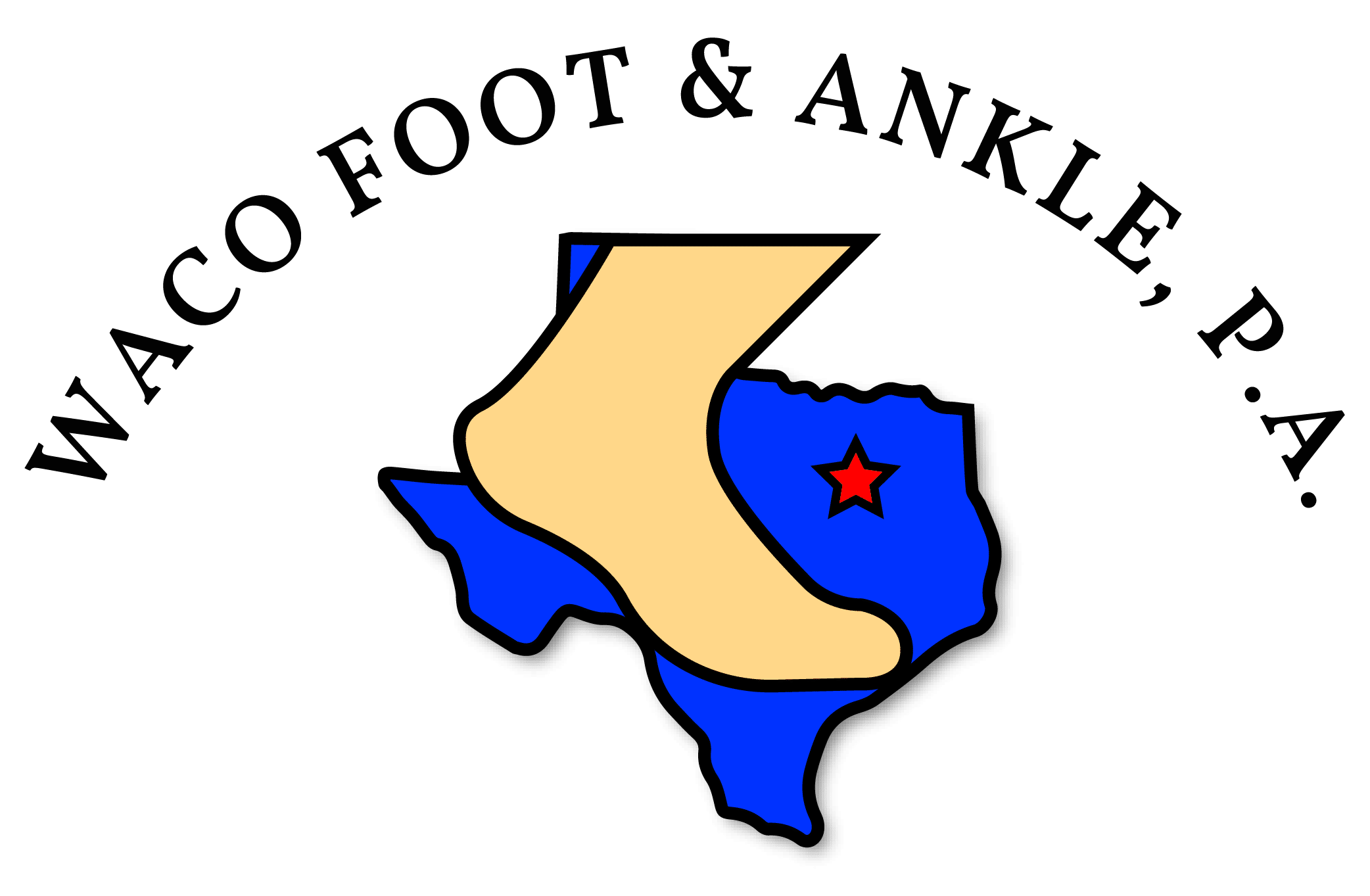Help Your Youth Athlete Prevent Foot & Ankle Injuries
To state the obvious: concerns about the ongoing pandemic have disrupted a lot of the traditional academic and athletic schedules in 2020 and 2021. Lots of kids that might have otherwise spent time playing fall and winter sports, running around at recess, and playing with friends ended up stuck at home more often than they would have liked.
That period of inactivity can, unfortunately, lead to some extra risks once life goes more back to normal and kids try to “pick up where they left off” with sports and other physical activities. Sports injuries are of course always devastating for kids, no matter how and when they occur, but can be especially heartbreaking when considering how much time has already been lost to the pandemic.
If your child is planning to play any upcoming sports this winter or spring, or get into a more physically active routine, you definitely want to help them prepare properly so they keep their risk of getting hurt to an absolute minimum.
Here are some key ways you can encourage and care for your child:

Get a Preseason Physical
It’s always a good idea to have your child check in with their pediatrician for a medical evaluation before starting a new sport season. (Many schools require this as a prerequisite for play, but you should do so even if yours doesn’t.) If your child has a history of foot problems, have them check in with us, too.
A medical specialist can help you and your child identify any health concerns or risks before the season starts, which allows you to address them proactively and reduce your injury risk.
Start Training Early
Children (and adults) should always take it slow and steady when starting a new sport or exercise plan—especially when it follows a period of relatively low activity. It takes time for feet, ankles, muscles, and other tissues to “acclimate” to greater stresses and activity levels, and doing too much, too soon greatly increases the risk of severe injury.
It’s great if your child can start exercising on their own at least a couple of weeks before practices begin for their sport, taking it slow at first and then gradually ramping up the intensity. The same logic applies for self-directed activities, like running.
Provide Them With Proper Gear
You don’t need to buy the most expensive shoes on the market. But it is important that your child wears proper, good-fitting, broken-in (but not worn out!), sport-specific athletic shoes for their activities.
There’s a reason nobody wears high-tops to run a marathon. Different sports pose different physical challenges for feet and ankles, and therefore require different shoe gear for optimal protection and performance.
Don’t let your kid get away with wearing the same general sneakers for sports and everyday wear, and don’t be satisfied with hand-me-downs or shoes that don’t quite fit. Getting a decent, new pair and having your child start wearing them a week or so before practices begin is the best strategy for injury prevention.

Don’t Forget to Warm Up and Cool Down
Warming up the muscles and joints for 5-10 minutes with some light cardio (slow jogging, for example) or “active” stretches (but no bouncing!) will help prepare them for activity. Jumping straight into full-intensity play without a short but effective warm-up can often lead to injury.
Once play is over, it’s time to cool down. This is where your child can do some “static” stretches, and even just walk for a few minutes. A short cool-down and gradual reduction in heart rate and body temperature can help prevent post-activity pain and cramping, and even feelings of nausea.
Insist on Open Communication (and Keep Your Eyes Open)
One thing that’s unfortunately true about many youth athletes: they don’t always want to communicate with parents or coaches if they’re feeling sick, tired, or in pain. They may be worried that they’ll be seen as weak, or be forced to sit out and let down their teammates.
The problem is that many severe sports injuries develop over time and can begin with minor, subtle symptoms—and “playing through the pain” will usually only make things worse.
Talk with your kids upfront and make sure they know to talk to both their coaches and you any time they notice pain or discomfort. And when you are watching your child play, keep an eye out for any signs that they might be hurting more than they let on—for example, limping, withdrawing from activity, a perceived “lack of effort” on the field, etc.
Follow Up on Foot and Ankle Sports Injuries
If an injury does occur to your child’s feet or ankles and it’s affecting their ability to feel and play their best, make sure you have them evaluated by one of the specialists at Waco Foot & Ankle as soon as possible.
While going to the doctor is no child’s idea of a good time, acting quickly to address sports injuries right away helps keep them safe from even more severe injuries further down the road, and helps them get back to full speed as soon as possible. It may even help them save their season.
Our award-winning physicians specialize in treating athletes of all ages and ability levels. Don’t hesitate to call our office and schedule a visit today for you and your child.
